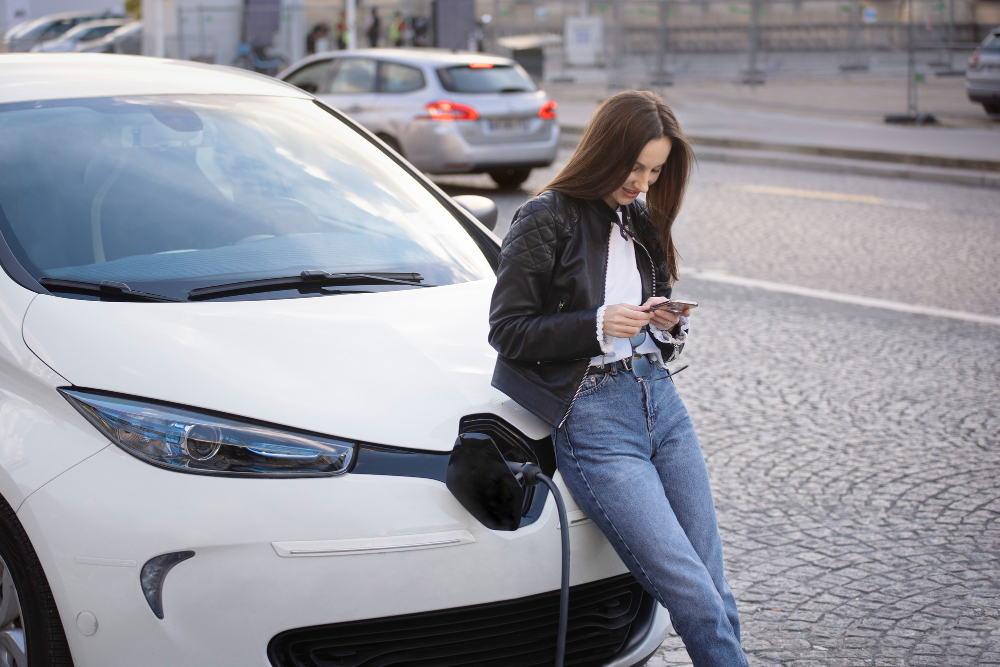 News
News
Electric cars have become increasingly popular due to their energy efficiency and lower environmental impact.
However, many drivers notice that electric cars consume more battery on road trips than on urban routes.
But why does this happen? Let’s explore the key factors that influence this behavior.
One of the main reasons for the higher battery drain on the road is speed. On highways, electric cars often travel at higher speeds, which increases air resistance.
Air resistance grows exponentially with speed, requiring more power from the engine to keep the vehicle moving.
In contrast, in the city, the average speed is lower, resulting in lower air resistance and, consequently, lower energy consumption.
Electric cars are equipped with regenerative braking systems, which recover some of the kinetic energy during braking and convert it into electrical energy to recharge the battery.
In the urban environment, where there are frequent stops and decelerations, this system is highly effective.
On the roads, where driving is more constant and there is less braking, the opportunity for energy regeneration is significantly reduced.
Topography also plays a crucial role in battery consumption. Roads with a lot of ups and downs place more demands on the electric motor, especially on slopes, where more torque and therefore more energy is required.
In the city, the roads are generally flatter and the speed is lower, which reduces the energy demand.
During long trips, it is common to continuously use auxiliary systems such as air conditioning, heating and entertainment systems.
These systems consume battery power, contributing to increased consumption on roads.
On urban routes, these systems are used more intermittently, which helps to save energy.
Electric motors are extremely efficient at low speeds, but their efficiency can decrease at high speeds.
At speeds higher than 100 km/h, the engine may need to operate at higher revs, which increases energy consumption.
In the city, where the speed is generally low, the engine operates more efficiently.
Therefore, the higher battery consumption of electric cars on the road compared to the city is a result of a combination of factors, including higher air resistance, lower energy regeneration, varied topography, continuous use of auxiliary systems, and lower motor efficiency at high speeds.
Understanding these factors can help drivers better plan their trips and optimize their battery usage.